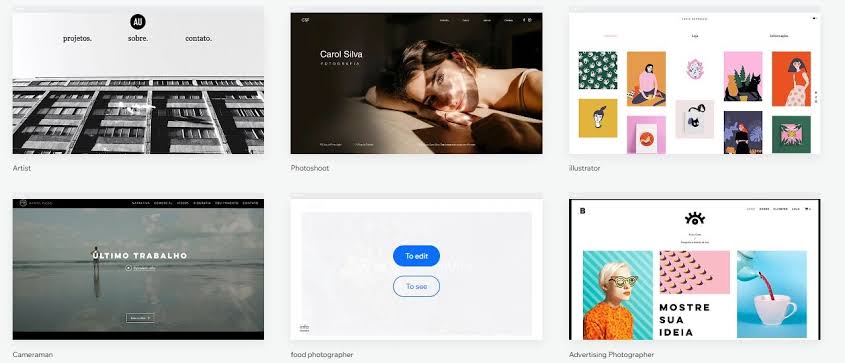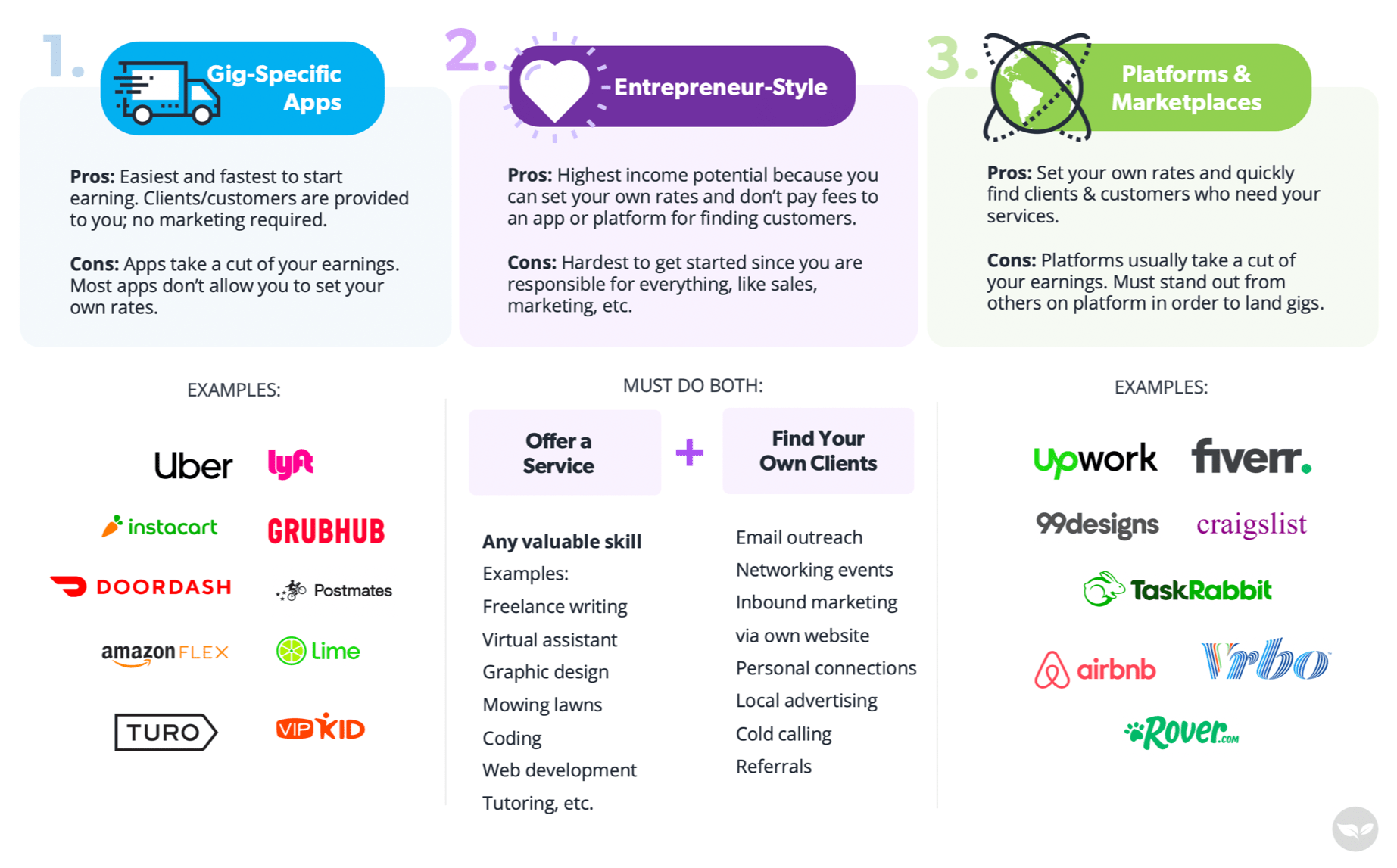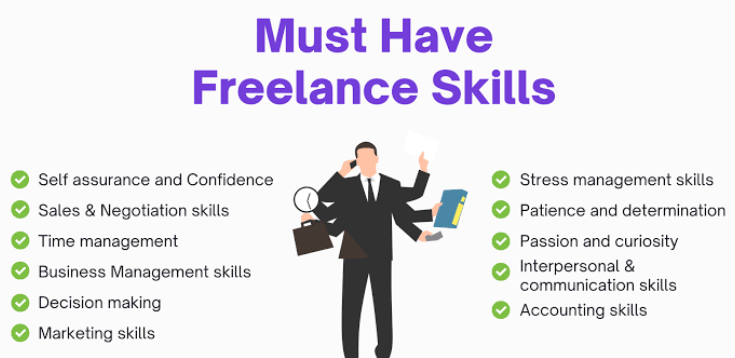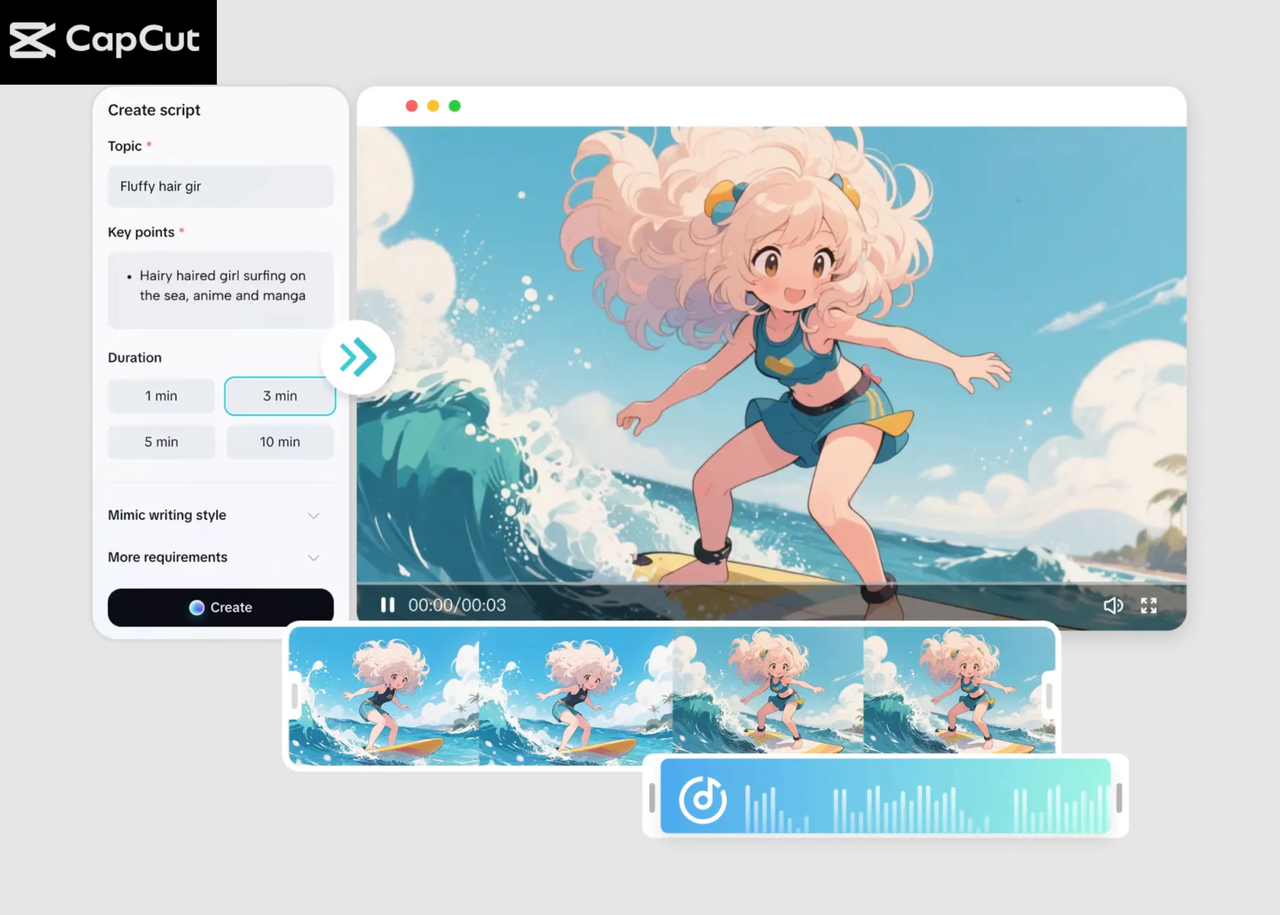The global demand for independent professionals is experiencing rapid growth, making now an ideal time to learn how to start freelancing. The freelance platform industry is expected to hit US$13.8 billion by 2030, with an anticipated annual growth rate of 16.1%.
This impressive growth underscores the ongoing shift towards flexible and remote work within the digital economy. Consequently, by developing an effective strategy, individuals can successfully leverage freelancing opportunities to build a sustainable career.
Key Takeaways
- Learn how to start freelancing for those who have zero experience.
- Build a niche portfolio that proves your unique freelance value.
- Stay consistent, pitch clients, and grow from small wins.
6 Powerful Ways on How to Start Freelancing with No Experience
No matter if you’re a student, a working professional seeking extra income, or someone aiming to start an independent career, this guide is for you. We’ll cover 6 effective ways to help you gain confidence, build credibility, and land your first freelance projects.
1. Identify Your Skills and Choose a Niche
To begin freelancing, first identify the skills you already have or are eager to learn. You don’t need years of experience; just clarity on your strengths. These could include writing, graphic design, or social media tasks. Start by listing your abilities and exploring where they fit.
Next, narrow down your niche to match both your strengths and market needs. For instance, rather than general writing, try blog content for a specific industry. This helps you stand out in a crowded marketplace. Tools like Google Trends or Upwork can guide your research on how to start freelancing from home.
Also Read: Top 15 Best Freelance Jobs You Can Start Today
2. Build a Portfolio

Portfolios | Image Source: remotify.co
When starting out, clients still want to see what you can do, whether paid or not. That’s why building a portfolio is essential. You can create 3–5 sample projects that reflect your strengths, either personal, volunteer-based, or mock work. Focus on projects that match your chosen freelance niche.
For example, redesign a brand logo if you’re into design, or write blog posts if content writing is your thing. Upload these samples to platforms like Behance, GitHub, or your own website. Remember, quality beats quantity, so make sure each piece is polished and represents your best work.
3. Set Up a Professional Online Presence
Freelancing is built on trust. A professional online presence gives you credibility from the start. Create a LinkedIn profile that highlights your niche, skills, and any relevant education or projects. Typically, your profile should include:
- A clear, friendly photo.
- A compelling bio that explains who you help and how.
- Relevant skills and tools you use.
- A portfolio or sample work section.
When learning how to start freelancing with no experience, don’t forget to ask for testimonials, even if they come from people you’ve helped for free. Social proof goes a long way.
Also Read: Top 10 Freelance Website for Graphic Designers, Check Them Out!
4. Start Applying and Pitching for Freelance Gigs
 Freelancing Gigs | Image Source: dollarsprout.com
Freelancing Gigs | Image Source: dollarsprout.com
Once your profiles are ready, start applying for beginner-friendly gigs. Look for jobs with fewer applicants and lower competition to improve your chances. If you’re wondering how to start freelancing effectively, tailor each proposal to the job description. Show the client you understand their needs, and explain exactly how you can help.
You can use platforms like:
- Upwork (great for long-term projects);
- Fiverr (ideal for offering packages); and
- PeoplePerHour or Freelancer.com.
You can also cold-pitch businesses via email or LinkedIn. Offer value first, such as a quick audit or suggestion. Don’t be afraid to start small. A few successful projects can lead to testimonials, referrals, and better-paying opportunities.
5. Set Up a Work-from-Home Setup
Freelancing means managing your own time and environment. Create a dedicated workspace to stay focused and productive. You don’t need a fancy office, just a clean, quiet spot with reliable internet and a laptop. Additionally, when learning how to begin freelancing, you can use tools like the following to stay organized:
- Trello or Notion (project management);
- Clockify or Toggl (time tracking); and
- Google Drive or Dropbox (file storage).
Set boundaries with your time. Use a planner or digital calendar to manage client deadlines, calls, and personal time.
Also Read: How to set a price for freelance design work?
6. Learn, Grow, and Stay Consistent
 Freelancing Skills | Image Source: refrens.com
Freelancing Skills | Image Source: refrens.com
Freelancing isn’t a get-rich-quick path because it takes time, effort, and persistence. At first, rejections and slow progress are normal, so don’t let them discourage you. After all, every successful freelancer once started from zero. Therefore, stay consistent and trust the process.
Meanwhile, continue sharpening your skills through free platforms like YouTube or Coursera. As you grow, start with small gigs and gradually increase your rates. In addition, keep track of your progress and celebrate small milestones. Most importantly, always deliver quality and communicate professionally.
Also Read: 9 Tips for Professional Designers to Work from Home
Put Every Tip into Practice and Start Freelancing with Confidence
Now that you understand how to start freelancing for beginners, it’s time to apply what you’ve learned. Start with small projects and stay consistent with your goals. However, as you build your brand, even small design choices matter. For instance, using the right fonts can boost your professional image.
That’s why exploring Creatype Studio’s fonts for freelancers can make all the difference. We offer high-quality fonts starting at just $19. Additionally, we also include licenses for personal, business, and corporate use. So, take that extra step to make your freelance work truly stand out!




